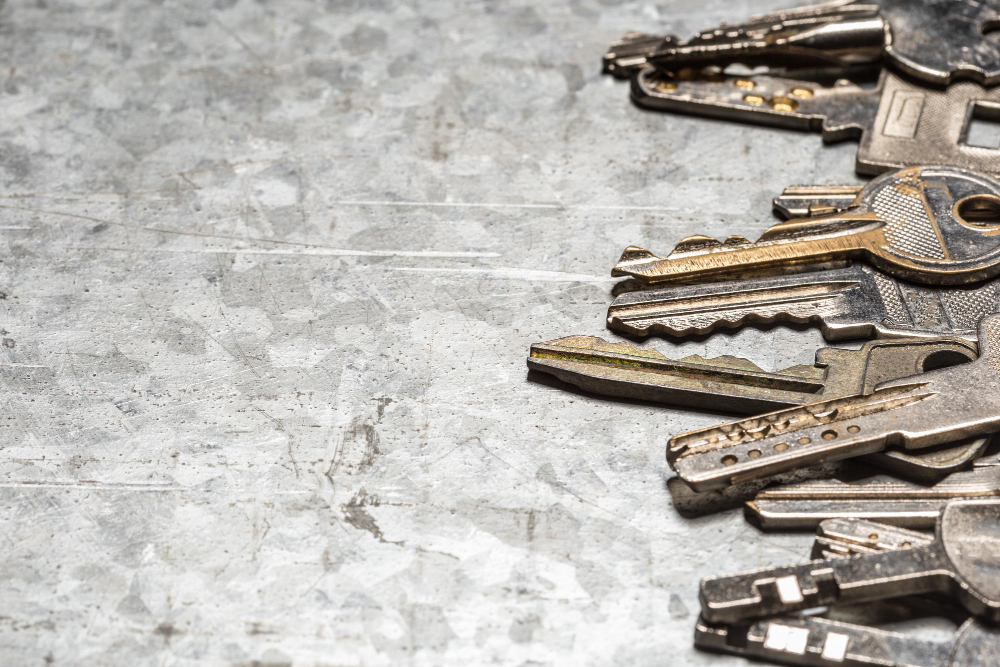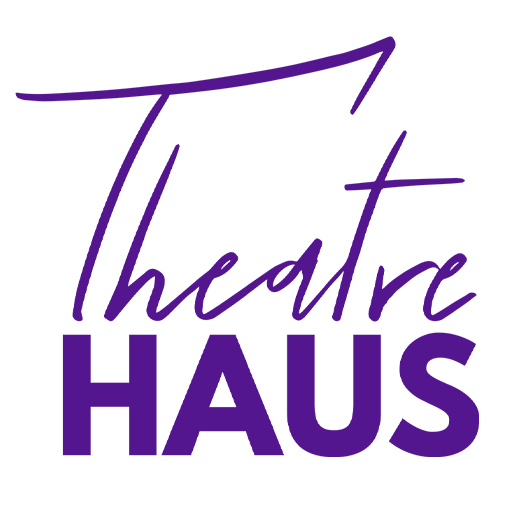
8 More Household Objects Used for Symbolism in the Theatre
In a previous article, we explored the powerful symbolism that can be conveyed through mundane household objects in theatre. From chairs to curtains, we examined how these objects can represent different aspects of human experience and emotion. In this article, we will take a look at 8 more household objects commonly used as symbols in the theatre.
Keys
Keys can represent power, authority, and access to hidden secrets. They can also symbolize a character’s desire for control or their need for escape. In Susan Glaspell’s “Trifles,” the discovery of the dead bird and the key in a box symbolize the main character Minnie’s desperate attempt to regain control over her life.
Books
Books are often used to represent knowledge, wisdom, and intellectual pursuits. They can also symbolize a character’s desire for self-improvement or their need for escape from reality. In J.D. Salinger’s “The Catcher in the Rye,” the main character Holden’s obsession with the book “The Great Gatsby” represents his longing for a perfect world and his inability to come to terms with reality.
Stairs
Stairs can represent a character’s journey towards enlightenment or their struggle to overcome obstacles. They can also symbolize the passage of time or the transition from one stage of life to another. In a play about justice, the stairs to a courthouse could symbolize the main character’s struggle to climb the social ladder and gain respect in their community.
Lamps
Lamps can represent enlightenment, hope, or a source of comfort. They can also symbolize a character’s desire for understanding or their need for guidance. In Tennessee Williams’ “A Streetcar Named Desire,” the main character Blanche’s obsession with light and her fear of darkness symbolize her struggle to maintain her facade of perfection and hide her past.
Phones
Phones can represent communication, connection, or a source of tension. They can also symbolize a character’s desire for interaction or their need for privacy. In modern plays involving technology, a character’s obsession with a phone may symbolize their loneliness and need for human connection.
Masks
Masks can represent deception, disguise, or hiding of one’s true self. They can also symbolize a character’s desire for transformation or their need for protection. In William Shakespeare’s “Twelfth Night,” the main character Viola’s use of a mask symbolizes her desire to navigate a male-dominated world and protect herself from harm.
Pillows
Pillows can represent comfort, rest, or a source of emotional support. They can also symbolize a character’s need for escape or their struggle to confront reality. In August Wilson’s “The Piano Lesson,” the main character Berniece’s refusal to sell the family’s piano and her use of pillows to comfort her deceased loved ones symbolize her struggle to confront her family’s traumatic past.
Knives
Knives can represent violence, power, or a source of danger. They can also symbolize a character’s desire for revenge or their need for protection. In Stephen Sondheim’s “Sweeney Todd: The Demon Barber of Fleet Street,” the main character’s use of knives to seek revenge represents his descent into madness and his desire for justice.
Household objects are a powerful tool in the theatre, capable of conveying deep and complex emotions and experiences. From keys to knives, each object can represent a different aspect of the human psyche, adding depth and complexity to the characters and the stories they inhabit. The next time you see a seemingly mundane object on the stage, take a closer look. You may be surprised at the depth of meaning it holds.






